Simple machines are tools with few or no moving parts that make work easier. There are six types of simple machines: lever, inclined plane, wedge, screw, wheel and axle, and pulley.
I love starting out a lesson on simple machines of brainstorming in a class with all of the examples of different simple machines they can think of. We’re surrounded by simple machines! And imagine if we didn’t have them? It’s easy to see how they make work easier.
One thing before we get started, there are a few educational subscription boxes available for kids with monthly STEM activities. We rounded up the best ones for you to check out in our article, 13 Awesome (& Educational) STEM Subscription Boxes for Kids.
Now let’s get into simple machines!
Table of Contents
What is work?
When referring to work in physics, it’s different than your typical definition of “work.”
Work is defined as an amount of force (or effort) to move an object a distance. The equation is simple:
W = Fd
These simple machine projects show how the machine makes the work easier. Just think of all the examples before! How difficult would it be to pull an elevator to the top of a building? It would be impossible for us to do it on our own. But with pulleys, it’s possible and makes the work easier.
Use these project ideas as creative (and crafty) demonstrations of simple machines! They can be done in groups, or the teacher can use them as a demonstration for the class. They make a great activity at home too, for your future engineers who love building!
6 Fun Simple Machine Projects
We’ve outlined here an example project for every type of simple machine:
- Pulley
- Plane
- Lever
- Wedge
- Screw
- Wheel & Axle
The first project here is how to make your own pulley!
1. Make Your Own Pulley
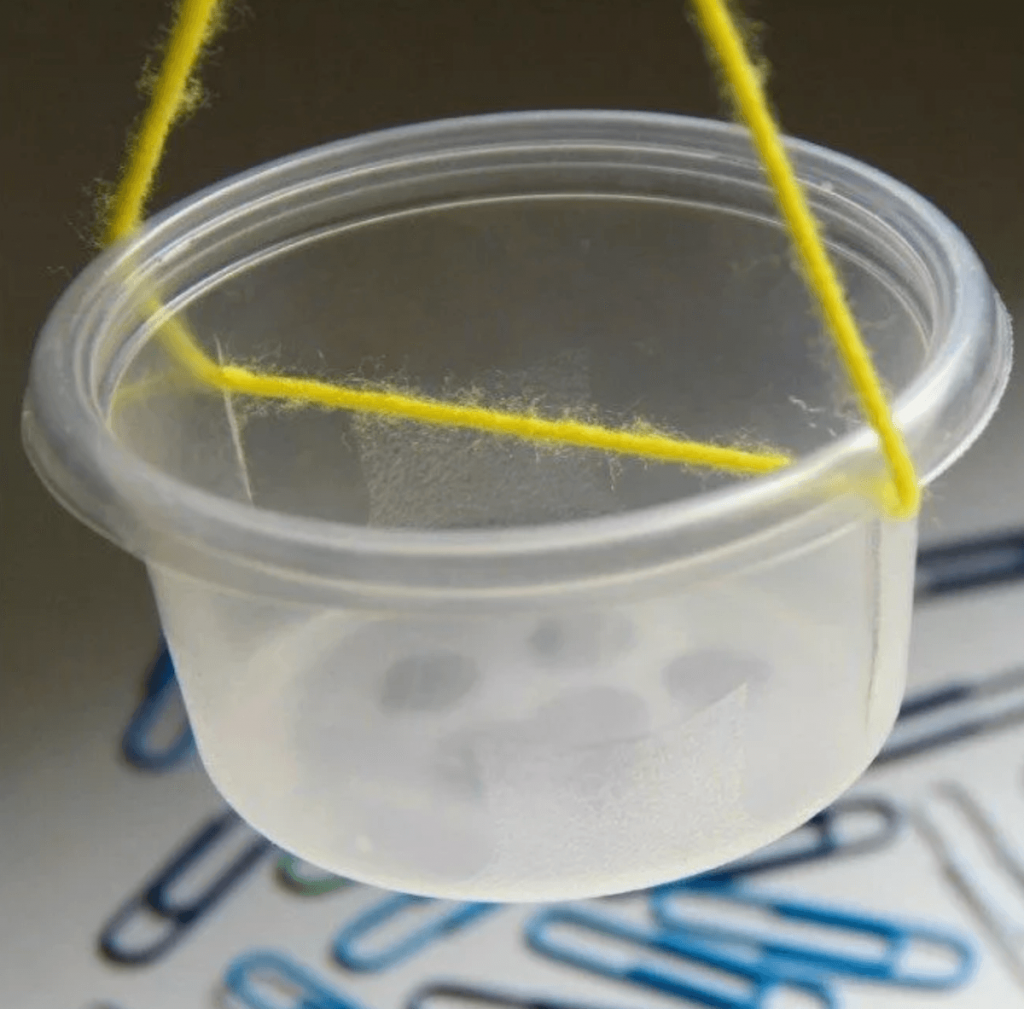
This project by Carrots are Orange is great! You can do more than just build your own pulley. Turn it into a game to see how much your pulley can lift!
[the_ad id=”22615″]
Building is a great way of getting started quickly, but if you’re looking for something you can gift, check out this Simple Machines Model Building Kit.
2. Marble Run Inclined Plane
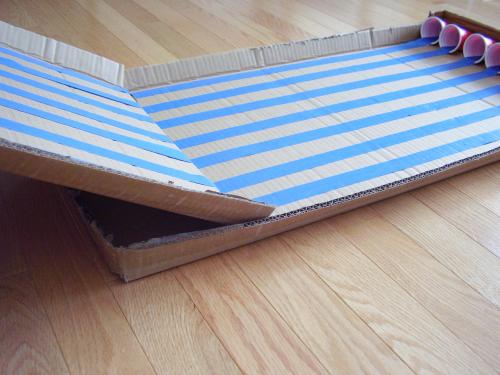
Why just make an inclined plane when you can make a racecourse? You can use marbles or toy cars with this project.
3. Make a Lever with a Binder Clip
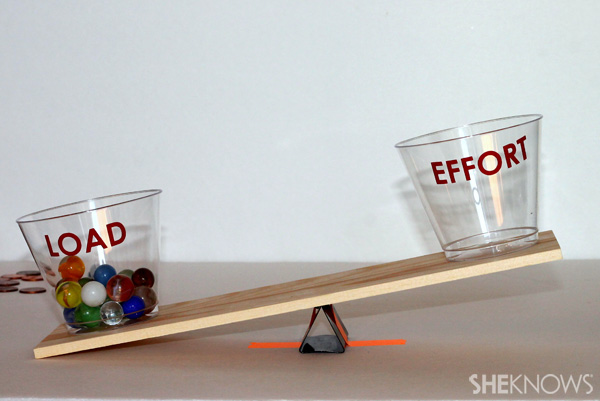
I love this simple machine project for demonstrating a lever! While it isn’t necessary to label which side is demonstrating the load and effort, it’s a great way to reinforce the lesson!
4. Splitting Play Dough with a Wedge
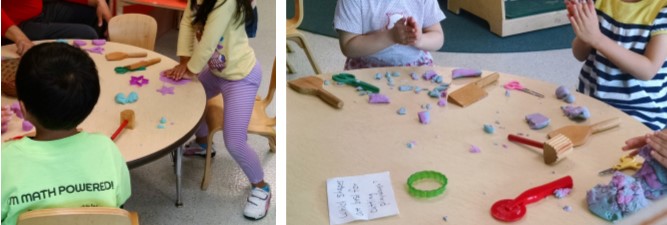
The easiest (and most common example) of a wedge is an ax. Since you don’t want kids playing with axes, you can still demonstrate how a wedge works with play dough!
Use triangular wedge blocks. You can make miniature “logs” with the play dough. Have the kids try to cut the play dough with just the flat part of their hand. It doesn’t work. Now, try cutting it with your wedge and see what happens!
5. Demonstrating Screws
The best way to demonstrate how a screw makes work easier is to take a simple piece of wood. First, try pushing a nail in with your hand – you can’t. Next, show how you can screw in a screw. It may be one that you want to demonstrate!
6. Wheel and Axle Recycled Cars
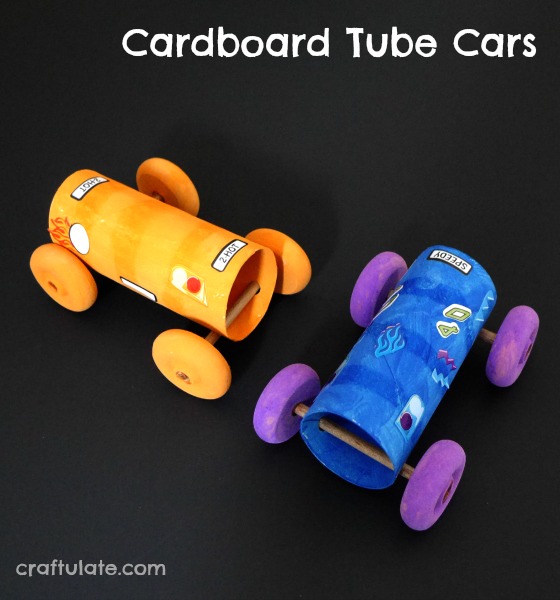
This one is by far my favorite! When you think of a wheel and axle, the first thing that comes to mind is a car.
Start with just your tube. When you try to push it across the floor, you can do much. Now imagine if you tried to fill it with weights. It would be so much easier if it had wheels!
Use straws or chopsticks as the axle. Plastic bottle caps make great wheels. You can decorate your cars however you want! And don’t feel limited to just cardboard rolls. Plastic bottles work great too – let kids design their very own recycled car.
Wrapping Up
For some additional free resources and worksheets on simple machines, check out this blog post too! You’ll find free worksheets and PowerPoint presentations to help guide your lesson alongside these projects.
Do your kids love to build? If they do, check out our article on the best building kits Best Building Toys for Future Engineers!
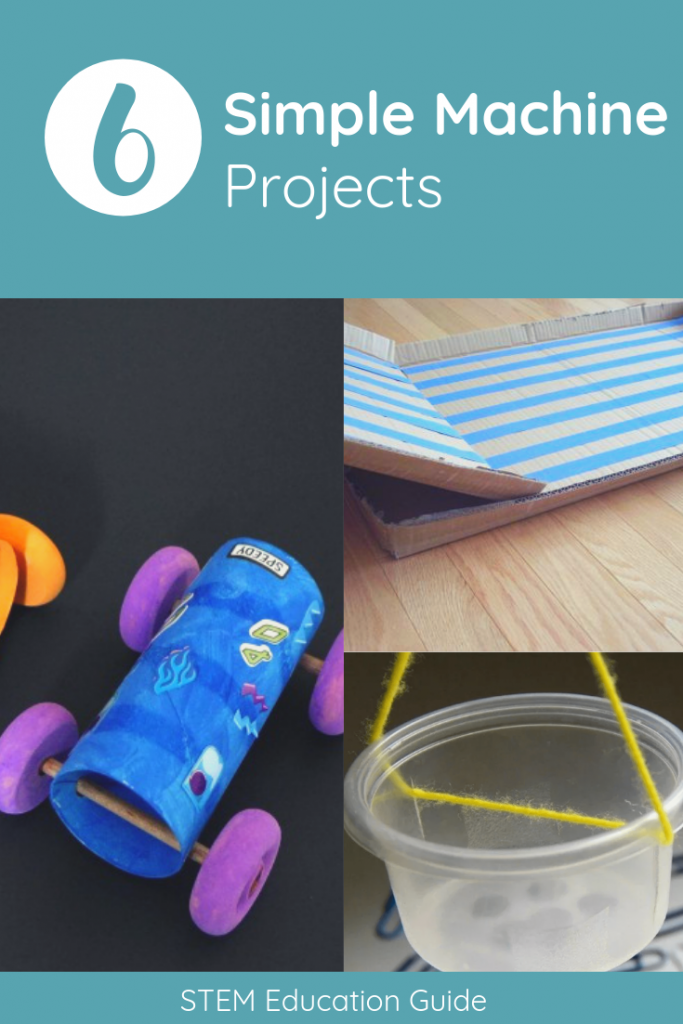
[the_ad id=”22615″]

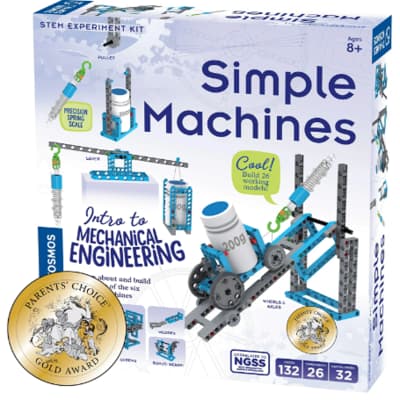





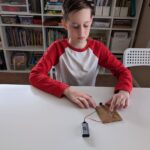

Marvelous and easy to teach
Very easy to make pulley like it 👍👍😀😀